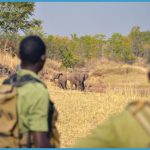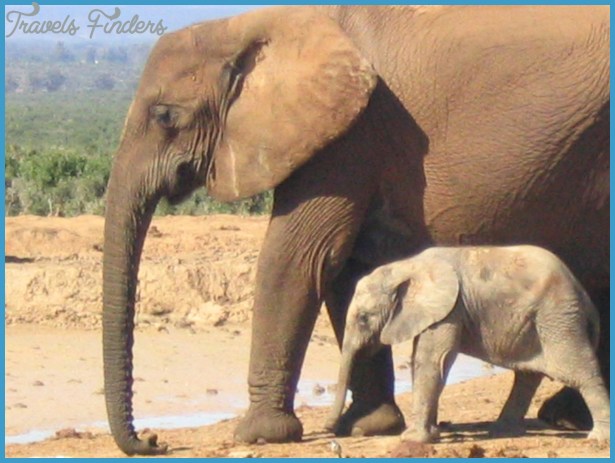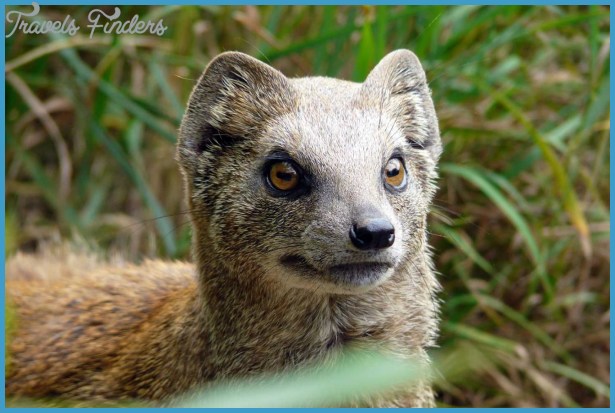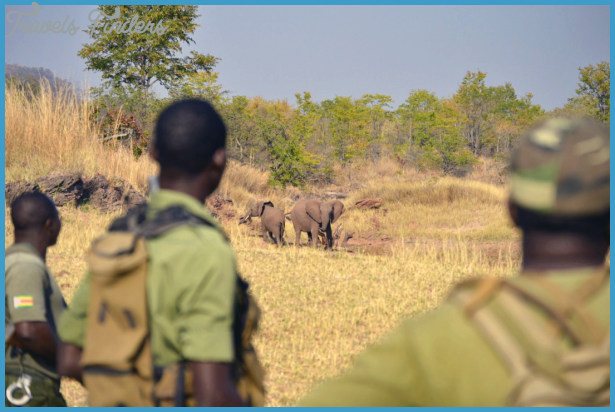The next bit of this story is going to sound rather esoteric and twitcher-like, not adjectives that I take pleasure in using. Whatever, being in Mali (see Chapter 6) I thought I should try to spot one. That, however, is not easy. The Mali Firefinch and the much more common African Firefinch (of which I saw many) are very similar. Extremely similar. The only way to be sure to differentiate them (wait for it) is to look at the extent of brown, or red, on their heads! The African version has a brown back and cap extending right over its head to its beak; the Mali version has the brown head colour ending short of its beak and this frontal part of its cap coloured red. OK? So every time I saw a firefinch I tried to spot this difference. Not easy in a tiny bird not always close by and frequently moving about rather faster than I would have wished. Nevertheless I persevered. And I am not naturally good at perseverance.
So, one afternoon on a trek in Dogon country in southeastern Mali when my fellow trekkers were resting up in the heat of the day (shade temperatures were reaching a punishing 40°C), I decided to sit on the roof of a hut when my companions were snoozing underneath. The habitat outside looked promising; a rocky slope with grassland and scrub. Even in the high heat of the day there were birds about so I thought I would keep watch. I wasn’t particularly hopeful. African Firefinches were about; so, too, were slightly larger widowbirds, black with yellow wing patches. And some Neumann’s Starlings – larger again and black with burnt-red wing patches whistling in the rocky scrub. An hour had passed; I’d stared at several African Firefinches but I couldn’t see one with a fiery forehead.
Then, yet another came closer, so close that I managed a good look at its head. This time it was unmistakeable; the front of its head above its beak was red not brown. It was a Mali Firefinch. Yes, just another firefinch but, having come all the way to West Africa, it was rewarding to see one of the native birds most restricted to a small part of that great continent. And it was another pleasing tick in my identification blog!
Quite often in my experience it’s possible to hear a particular mammal or bird but never see it. Pretty frustrating too. For example, I heard the growling bark – more growl than bark – of a leopard in the Mathews Forest, Kenya, (see Chapter 21) at night, but I never saw one, even though their droppings were near to our tents.
Of course, with nocturnal birds such as owls (though not all owls are nocturnal) it’s a much more likely occurrence. I’ve heard diminutive Scops Owls calling at night in France but I had never seen them until a holiday on Lesbos. One of the more unusual but well documented bird locations is a small, inauspicious-seeming grove of tall eucalyptus trees by a sports field on the edge of one of the island’s small towns.
Each time we drove past the grove there were at least a couple of birdwatchers replete with telescopes, huge-lens cameras the size of sub-machine guns and binoculars under the trees gazing upwards ardently. One afternoon we succumbed and joined a few Dutch people who had already spotted Scops Owls high in the branches. The owls were fast asleep. And that at least suggested that their almost constant observers hadn’t disturbed them. We saw at least three of these very attractive little owls, smaller than Common Blackbirds (though rather different in shape!), brown and cream with black-flecked plumage, dozing serenely on branches close to the tree trunks. We left them to snooze.
Africa Wildlife Photo Travel Photo Gallery
Another memorable night-time experience to find a particularly rare bird -one of the rarest in the world – was on the very highest of the rugged mountains of Madeira. I was there to write a feature for CNN Traveller magazine (and more recently a chapter in my blog, Back from the Brink (Whittles, 2015)) about the huge conservation efforts to increase the numbers of Zino’s Petrel, a bird of the wide open oceans but which digs a burrow and nests nearly 2,000 m above sea level on Madeira’s highest peaks.
It was approaching midnight. And it was cold, dark as pitch, and windy. We had driven up into the mountains with Joao Nunes, our guide for the evening adventure. Down at lower elevations it had been a typically warm, pleasant evening, warm enough to eat out. Not up here. Cloud swirled around us in eerie sheets making it impossible to see more than a couple of metres in spite of torchlights carried on our heads. We had walked along a narrow, very exposed, summit-top path before Joao advised that we should stop. And there we huddled behind a few boulders to try and get some shelter from the wind and cold drizzle, high up on a knife-edge mountain ridge. Sudden gusts of wind were blowing squalls of powdered soil that stung our faces.
In the all-enveloping darkness we could barely make out the gloomy shape of the pock-marked cliffs behind us while the precipitous slopes down to the deep gouged valleys way below were thankfully left to our imagination. Aside from the wind, all had been silent since we walked here an hour or so previously. Then, quite suddenly, there was a cry. A ghostly wail from the gloomy cloud swirling around the pinnacles of the mountain peaks alongside us. And another, this one from a different direction. It sounded surreal, as if someone was trying to frighten us as we hunkered down, disorientated by the cloud and wind.

















If I were a Teenage Mutant Ninja Turtle, now I’d say “Kgaabunow, dude!”